Planetary Science
-
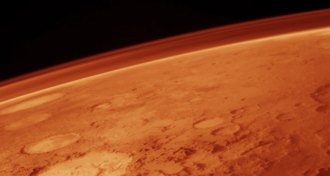 Astronomy
AstronomyEarly Mars couldn’t hold liquid water long
Small rocks hit Mars 3.6 billion years ago, suggesting an early atmosphere too thin for liquid water to hang around very long.
-
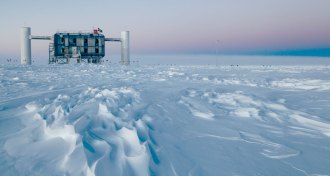 Astronomy
AstronomyNeutrinos from space rain down from all directions
Using Earth as a filter, scientists detect thousands of neutrinos from beyond the solar system.
By Andrew Grant -
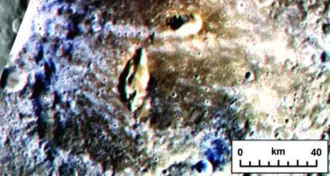 Planetary Science
Planetary ScienceMercury’s surface once exploded in volcanoes
Newly released images show ancient vents and ash scattered within craters on Mercury's surface.
-
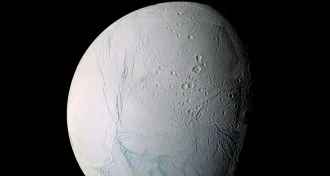 Planetary Science
Planetary ScienceSubsurface sea hides below ice of Saturn moon
Astronomers add to evidence for a subsurface ocean on Enceladus using subtle variations in the moon’s gravity.
-
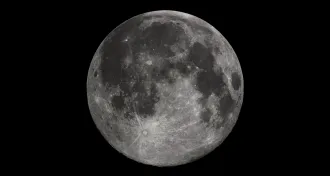 Planetary Science
Planetary ScienceMoon gets younger age estimate
The moon may have formed about 95 million years after the birth of the solar system, up to 70 million years later than some scientists previously predicted.
-
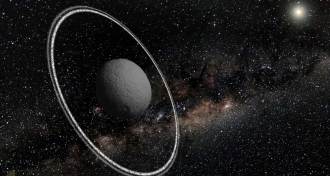 Planetary Science
Planetary ScienceIcy rings found around tiny space rock
Astronomers discover an icy ring around the planetoid Chariklo, held in place by unseen moons.
-
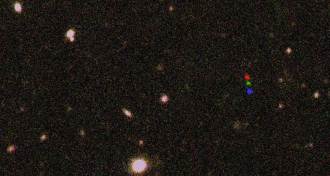 Planetary Science
Planetary ScienceIcy planetoid found lurking at edge of solar system
Astronomers discovered an icy planetoid orbiting beyond the edge of the Kuiper belt.
-
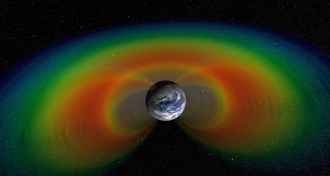 Planetary Science
Planetary ScienceHow Earth’s radiation belt gets its ‘stripes’
The rotation of the Earth may give the planet's inner radiation belt its zebralike stripes.
-
 Space
SpaceExoplanet oxygen may not signal alien life
Oxygen in an exoplanet atmosphere may come from water and ultraviolet light, not alien life.
-
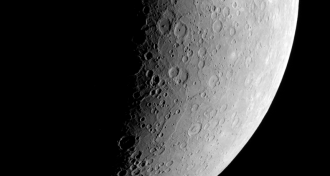 Planetary Science
Planetary ScienceMercury is more shriveled than originally thought
Like a week-old party balloon, Mercury has shrunk over the last 4.6 billion years.
-
 Planetary Science
Planetary ScienceFeedback
Readers respond to a special report on neuroscience and discuss moon dust.
-
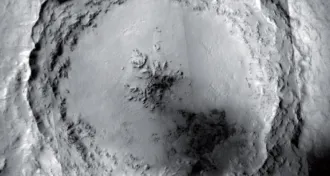 Planetary Science
Planetary ScienceMojave Crater may be source of many Martian meteorites
Many of the roughly 150 Martian meteorites found on Earth probably came from the Mojave Crater on Mars.